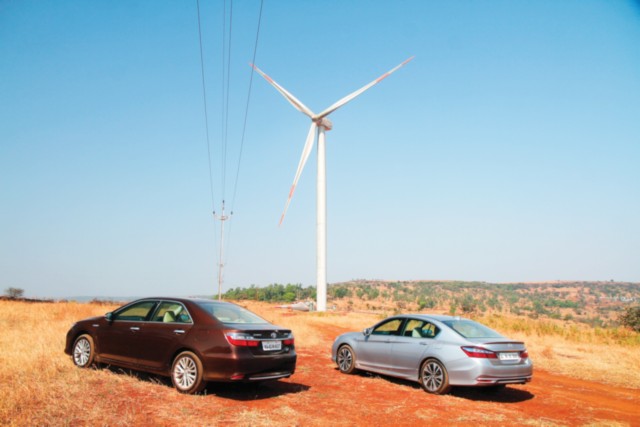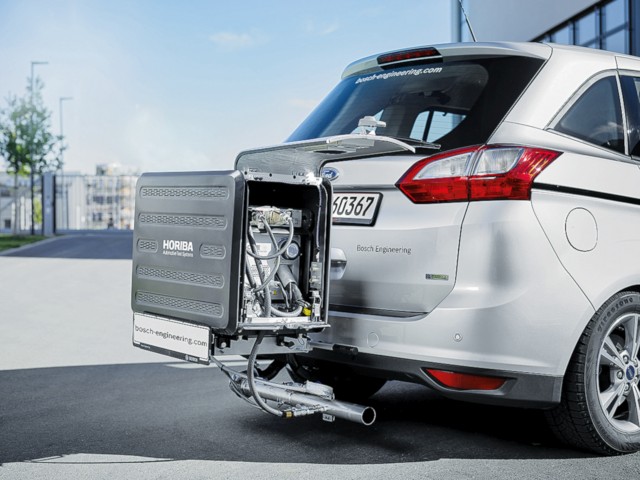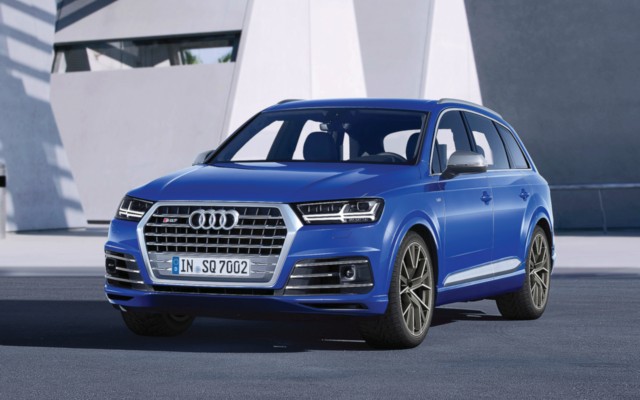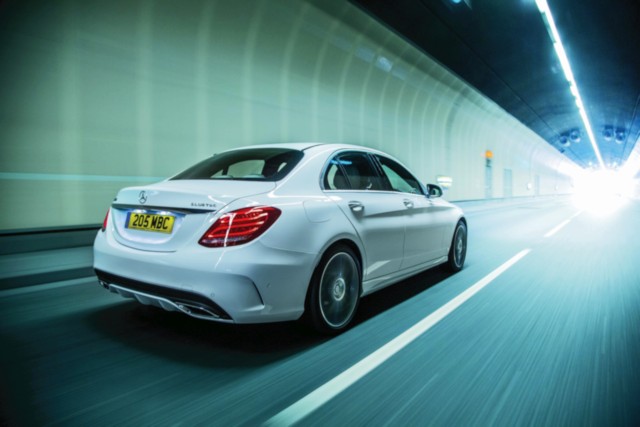Air Quality

Is your electricity coming from clean and sustainable sources?
Clean air is fast becoming a precious resource that few realize the importance of until it’s too late. With increasing pollution from various sources decreasing the quality of the air we breathe, it makes a viable argument for power generation to switch to cleaner and renewable sources. However, when it comes to automobiles, cities with a larger base of vehicle users need to pay attention and make some changes. And quickly.
For starters, rampant construction any direction one looks is a major factor in pollutant matters. Add burning waste and dry garbage and even wood, despite laws against doing so, and the problem compounds. The increase of pollutants, particularly carbon monoxide (CO) and particulate matter (PM10 and the finer PM2.5) in cities such as Pune, and is alarmingly high in regions of Mumbai and Delhi NCR, with unhealthy amounts of PM2.5 in the air. Add carbon dioxide (CO2) and oxides of nitrogen (NOx) from the sheer number of vehicles on the road and you have a ticking time-bomb.
Some time ago, the world saw a significant shift to diesel engines owing to their lower CO2 emissions. With several countries basing their insurance and taxation on displacement and CO2 emissions, clean diesels soon became qualified for sops with emissions as low as 99 g/km of CO2 about five years ago. More examples followed and the readings got better and better.
Following a global emission scandal, which, in the eyes of many, saw a global giant being made a scapegoat, there was a sudden drop in fuel choice and diesel, almost overnight, became a dirty fuel. Fuelling this was the tale of NOx emissions that exceed real-world applications. For these tests, manufacturers are allowed to lighten the car and even run it with the air-conditioning system turned off. Furthermore, the key factor is that most emission tests are done at or close to idle speed; that is, anywhere between 800 and 1,500 rpm on average, whereas no one really drives a car at idle speed. Petrol and even diesel cars are often taken to 3,500 rpm and higher. More combustion means more fuel consumed, which, in turn, means more emissions out of the tail-pipe. It’s pretty simple to figure that out. Having realized this eventually or considering real-world conditions, the Worldwide-harmonized Light-vehicle Test Procedure (WLTP) will soon become the norm to get a more accurate representation of actual pollution numbers. This and the incoming revised emission norms will take into account a lot more than just CO2 and NOx.
Euro 6d-Temp and BS-VI 2020
Euro 6d-Temp is the latest emission standard in the European market and brings even tighter numbers. Effective since September 2017, it will pave the way for Euro 6d in the near future. With more stringent requirements, the use of particulate filters has become a necessity not just for diesel engines but also for petrol engines. Meanwhile, the use of AdBlue — or urea injection — compound for diesels will help reduce oxides of nitrogen to meet the listed requirements. Moreover, further solutions with heated catalysts claim to undercut these requirements significantly.
| Emission Restrictions for Euro 6d-Temp | Petrol Engines | Diesel Engines |
| Total Hydrocarbons (THC) | 100 mg/km | NA |
| Non-Methane Hydrocarbons (NMHC) | 68 mg/km | NA |
| Nitrogen Oxide (NOx) | 60 mg/km | 80 mg/km |
| Hydrocarbons (HC)+NOx | NA | 170 mg/km |
| Carbon Monoxide (CO) | 1 g/km | 500 mg/km |
| Particulate Mass (PM) | 4.5 mg/km | 4.5 mg/km |
| Particulate Number (PN)* | 6.0xE11/km | 6.0xE11/km |
| * Number of particles above a certain specified size | ||
| Source: Delphi | ||
In India, the jump from BS-IV emission norms straight to BS-VI norms in April 2020 looks like a welcome challenge. But that’s what it really is to many. Bypassing BS-V involves a quantum leap forward and the requirement of not just more advanced equipment, but also a significantly higher quality of fuel. While some manufacturers, such as Mercedes-Benz and their OM65x range of turbo-diesels, already have engines complying with Euro 6/BS-VI standards even with BS-IV fuel, the question remains as to how soon the carmakers, fuel companies, and the automobile ancillaries play catch up.

Bosch real-world emissions testing helps ascertain actual figures
The Truth about Diesel

Audi SQ7 TDI makes 900 Nm @ 1,000 rpm
Have you wondered what’s behind how petrol and diesel engines behave? Petrol engines have always been considered cleaner and more refined units as compared to diesels. Here are some essential aspects one needs to know. This was not taught at schools back in my time and, I believe, isn’t communicated even today. Petrol or gasoline as a fuel has a higher flash point and is less energy-dense compared to diesel and, thus, uses spark-plugs to ignite the fuel-air mixture or “charge”; hence the “spark-ignition” nomenclature. Conversely, diesel is more energy-dense and combusts under high compression as the heat build-up increases due to pressure. This also means there is more twist off the burn. Diesel engines inherently have a higher torque output and thus deliver a better bottom-end response.
The fact that a diesel car can be driven even at 1,000 rpm is testimony to its ability to deliver low-down performance and explains its frugality as well as its ability to deal with higher loads better. Furthermore, while the emissions of a petrol engine are kept in check by catalytic converters — and now petrol particulate filters — there is a limit to controlling what actually comes out of the tailpipe. Diesel engines, if the new breakthroughs by leading component suppliers including Bosch and Continental are to be believed, will soon undercut even the stringent Euro 6d norms by a considerable margin.
Thanks to a new combination of advanced emission control techniques using evolutions of modern components, the future of diesel combustion engines looks to be secure. These include a heated catalyst as well as Selective Catalytic Reduction (SCR), which breaks down the NOx stream into harmless nitrogen and water from the get-go, apart from advanced urea injection techniques based on AdBlue injection systems that are even capable of using frost-free pumps for consistent performance. The AdBlue system, meanwhile, uses 32.5 per cent urea and 67.5 per cent deionized water and, like water, it can both freeze and boil – states which can create havoc to the durability of the doser system. Having the systems isn’t enough. They must be robust, considering their harsh working environment, flexible enough to fit in available spaces, and, of course, cost-effective. These advanced systems are based on the new 48-volt architecture which expands the scope of what can be electronically controlled. Together with a diesel particulate filter (DPF), a component being used since before the turn of the decade, these systems lead to more consistent performance with more reliable real-world benefits.






















AIR Index Tests Real-world NOx Emissions - Car India
[…] Also read: Diesel, Electricity and Air – a Look at Future Propulsion […]